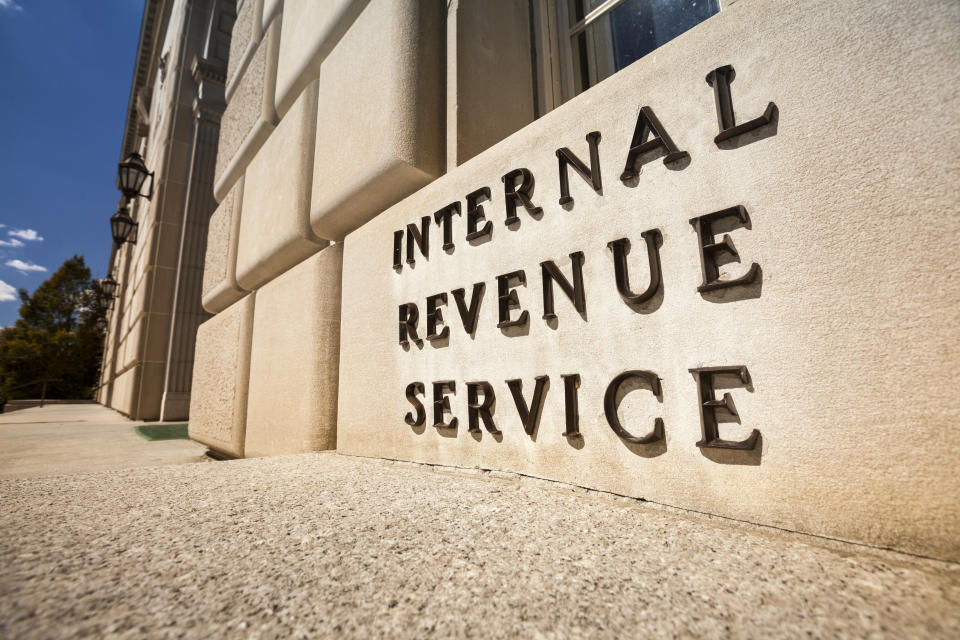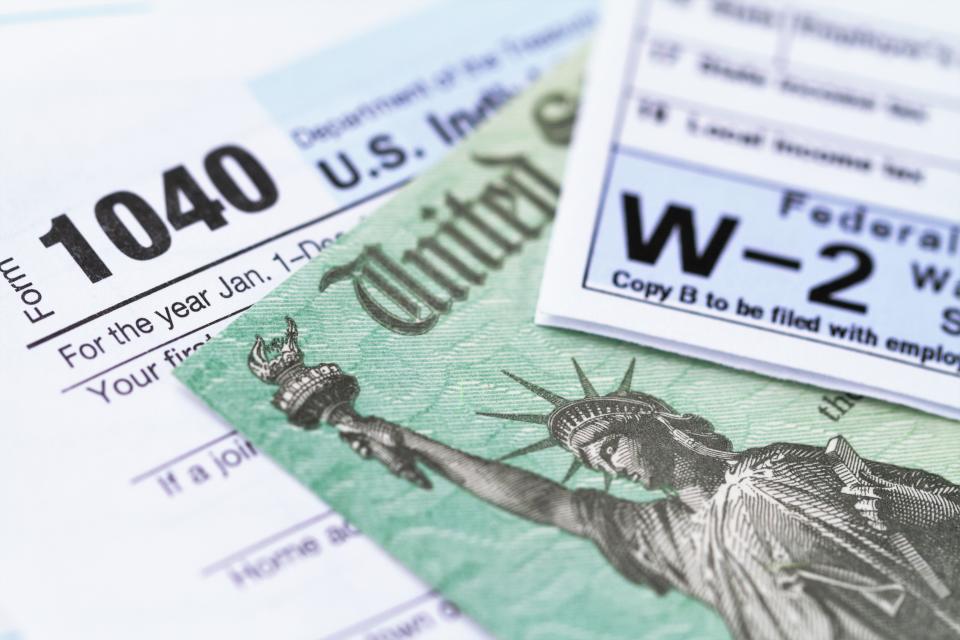How the extended tax deadline affects payments, retirement contributions, and more
The government recently extended the tax deadline for federal returns and any tax payments to July 15 from April 15, and the Internal Revenue Service this week is now offering key details on the change.
Here’s what you need to know about getting an additional extension, which tax payments are delayed, and rescheduling your tax payments.
Getting an extension
The agency clarified that taxpayers don’t have to file additional forms or qualify in any way to get the extension. It’s automatic. But if you want your refund, you must file your taxes first.
If you need more time beyond the July 15 deadline, you can request an additional three-month extension until Oct. 15. Normally, an extension would give you six months after the April 15 deadline to file your taxes.
Read more: Tax deadline postponed: Why you should still file as soon as you can
The simplest way to request that additional extension is to electronically file Form 4968 through your tax accountant, tax prep software, or the Free File link on IRS.gov. An extension request must be made be the new filing deadline of July 15. Any taxes that you still owe also must be paid by July 15 to avoid any interest or penalties.

Delayed tax payments
Speaking of tax payments: If you are paying your 2019 tax liability through installment payments, any payment that is due on April 15 is now due on July 15.
Say you’re self-employed and make quarterly estimated tax payments, your first-quarter 2020 payment is now due on July 15, not April 15. Your second-quarter payment, however, is still due on June 15.
Scheduling your tax payment
If you filed your tax returns already and set your tax payment for April 15, you will need to reschedule it. The payment will not be automatically extended until July 15. Here’s how to change your payment, depending on how you scheduled the payment.
IRS Direct Pay: Use the confirmation number that was emailed to you to access the “Look Up a Payment” tool. There, you can change or cancel a payment until two business days before the scheduled date.
Read more: How to file taxes: The full breakdown
Electronic Federal Tax Payment System (EFTPS): Click on Payments on the EFTPS home page and log in. There should be an option to “Cancel a Tax Payment” in the left menu. You must reschedule at least two business days before the scheduled payment.

If you authorized an electronic funds withdrawal when you filed your tax return, you can cancel your payment by contacting a representative at 888-353-4537. You must request a cancellation two business days before the scheduled payment.
If you scheduled a payment by credit card or debit card, call the bank or card issuer to cancel the payment.
Retirement contributions
Taxpayers also have more time to make contributions to their IRA accounts and health savings accounts to help lower their 2019 taxable income. Contributions can be made to both types of accounts until July 15.
If you took an early withdrawal from a retirement account last year, the 10% additional tax that you must pay as a penalty has been extended to July 15.
If your contributions to a workplace-based retirement plan exceeded the 2019 limit — $19,000 or $21,000 for those 50 and older — you still need to withdraw that excess amount by April 15.
Janna is an editor for Yahoo Money and Cashay. Follow her on Twitter @JannaHerron.
Read more:
Read more personal finance information, news, and tips on Cashay

 money
money 
